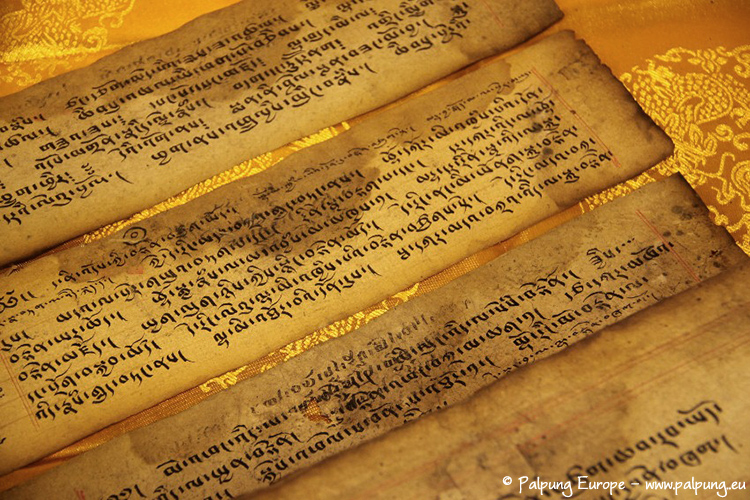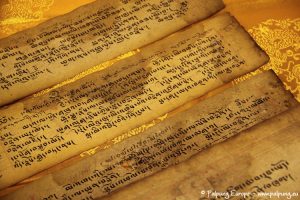Today the British Museum (that’s in London, y’all) opens “Tantra enlightenment to revolution,” a new exhibit that runs through January 24 next year. Their description says:
“A philosophy originating in medieval India, Tantra has been linked to successive waves of revolutionary thought, from its sixth-century transformation of Hinduism and Buddhism, to the Indian fight for independence and the rise of 1960s counterculture.
“Centering on the power of divine feminine energy, Tantra inspired the dramatic rise of goddess worship in medieval India and continues to influence contemporary feminist thought and artistic practice. From its inception to the present day, Tantra has challenged political and sexual norms around the world.
“Elements of Tantric philosophy can be found across Asia’s diverse cultures, but it remains largely unknown – or misrepresented – in the West. The exhibition showcases extraordinary objects from India, Nepal, Tibet, Japan and the UK, from the seventh century AD to the present, and includes masterpieces of sculpture, painting, prints and ritual objects.”
“From its inception to the present day, Tantra has challenged religious, cultural and political norms around the world. A philosophy that emerged in India around the sixth century, Tantra has been linked to successive waves of revolutionary thought, from its early transformation of Hinduism and Buddhism, to the Indian fight for independence and the rise of 1960s counterculture.
“The Sanskrit word ‘Tantra’ derives from the verbal root tan, meaning ‘to weave’, or ‘compose’, and refers to a type of instructional text, often written as a dialogue between a god and a goddess. The exhibition features some of the earliest surviving Tantras (see image below). These outline a variety of rituals for invoking one of the many all-powerful Tantric deities, including through visualisations and yoga. Requiring guidance from a teacher, or guru, they were said to grant worldly and supernatural powers, from long life to flight, alongside spiritual transformation.
“Many texts contained rituals that transgressed existing social and religious boundaries – for example, sexual rites and engagement with the taboo, such as intoxicants and human remains. Tantra challenged distinctions between opposites by teaching that everything is sacred, including the traditionally profane and impure.
The rise of Tantra
“The development of Tantra in medieval India coincided with the rise of many new kingdoms across the subcontinent after the breakdown of two major dynasties, the Guptas in the north and the Vakatakas in the southwest. Although this led to political precariousness, there was also a great flourishing of the arts. Many rulers were drawn to Tantra’s promise of power and public temples often incorporated Tantric deities as guardians.
“This included the Tantric Hindu god Bhairava. He famously decapitated the orthodox creator god Brahma to show the superiority of the Tantric path and used his skull as a begging bowl. Early Tantric practitioners (Tantrikas) emulated his fearsome and anarchic appearance in order to ‘become’ him, while rulers worshipped him in order to strengthen their political positions.
“One of his early followers was the poet-saint Karaikkal Ammaiyar, who abandoned her role as an obedient wife to become his follower. Tantric initiation was open to people from different social backgrounds. This challenge to the caste system made Tantra especially appealing to women and the socially marginalised.
Divine feminine power
“The Tantric worldview sees all material reality as animated by Shakti – unlimited, divine feminine power. This inspired the dramatic rise of goddess worship in medieval India. Tantric goddesses challenged traditional models of womanhood as passive and docile in their intertwining of violent and erotic power. Their characteristics were tied to a uniquely Tantric tension between the destructive and the maternal.
“The seductive but dangerous Yoginis were shapeshifting goddesses who could metamorphose into women, birds, tigers or jackals as the mood took them. Initiated Tantrikas sought to access their powers, from flight and immortality to control over others. The Yogini above is part of a group that would have once been enshrined in a Yogini temple. Her earrings are made of a dismembered hand and a cobra, and she has fangs.
“The Yoginis were believed to offer protection to kingdoms against epidemics or enemy forces and assist in the acquisition of new territories. Most Yogini temples were circular and unique in their roofless design – you can see an example below. The exhibition will feature an immersive and imaginative recreation of this space.”
For more information or to book your ticket: https://www.britishmuseum.org/exhibitions/tantra-enlightenment-revolution.


